In Conversation with Ugur Mamak, Founder and Owner of Batavi Watches
An upcoming Dutch brand navigating its way through the pandemic and other struggles.
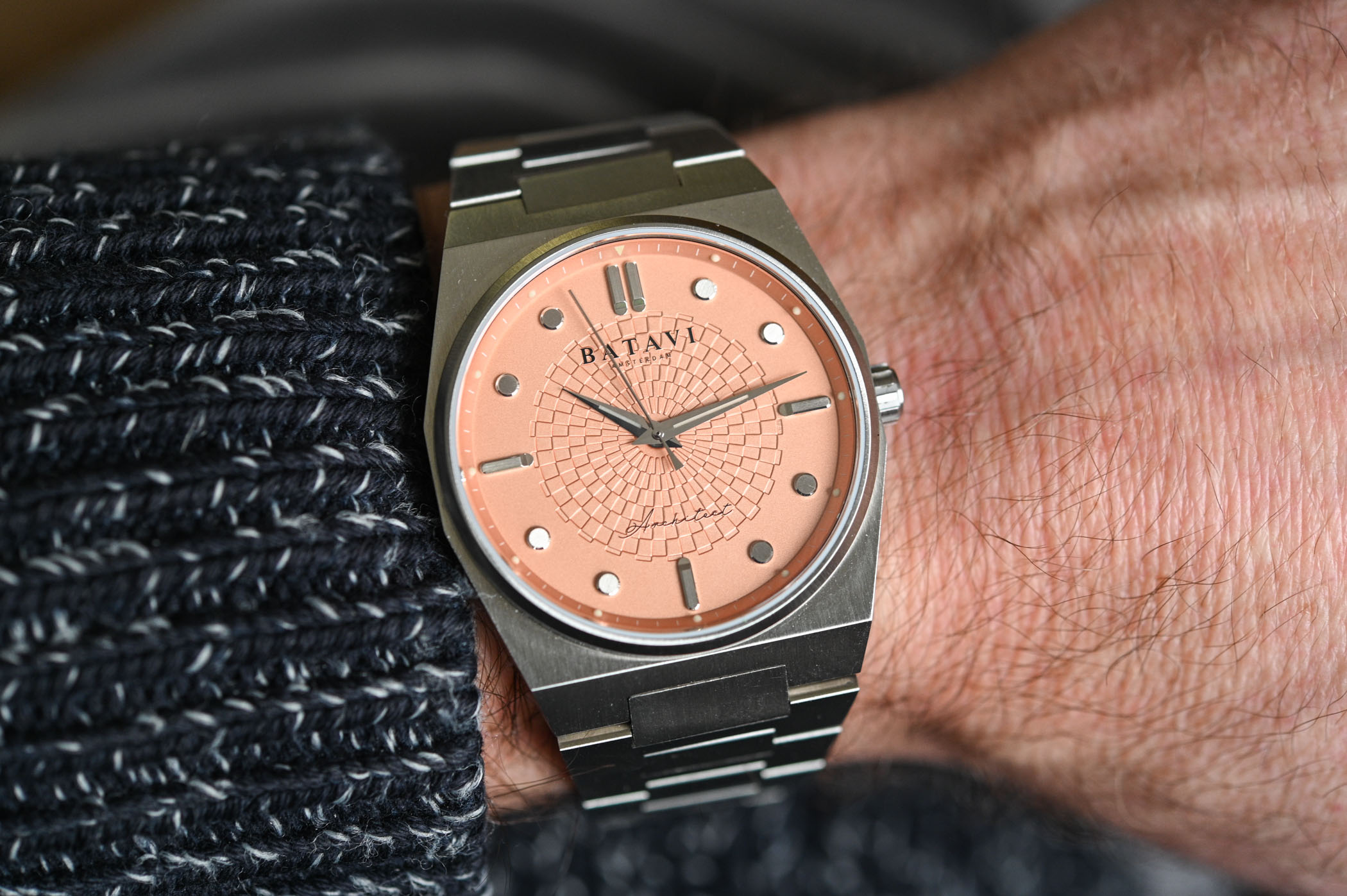
Batavi Watches is named after an ancient Germanic tribe living along the river Rhine in what is known as the Netherlands. The spirit of the Batavi people resonated with the brand’s founder, Ugur Mamak, mostly as the tribe fought off several attempts by oppressors, including Julius Caesar. Going against the grains in an effort to find its bit of the market for a long time coming, Batavi Watches has so far created two interesting watch collections, the Kosmopoliet and the Architect. Catching up with Ugur, we find out how he managed to navigate his brand through the pandemic, what challenged him in his endeavours and what’s next or Batavi Watches.
Robin, MONOCHROME Watches – Hi Ugur, pleased to catch up again. We have to ask, even though we’d rather not talk about it; how has the pandemic been for you and your company?
Ugur Mamak, founder of Batavi Watches – It was a curse at the beginning because the Kosmopoliet dropped right around the start of the first wave in the Netherlands. Our pledges went from 200 to 124. Some people lost their jobs or cancelled their pledges because of the uncertain times to come. But in the end, it’s all good.
We’re still in the pandemic and people are used to it now, and so are we. I’m glad the way it played out for us. In the meantime, we also introduced the Architect, which also went quite well. The pandemic gave me time to reflect on what is really important for me, my loved ones and Batavi. In that perspective, it has been a real blessing.
Could you share with us how the story of Batavi Watches has unfolded over the past two years?
In a nutshell, the past 2 years were all about consistency and moving forward. It’s important to stay relevant and not to be forgotten. As an underdog people easily forget about you and your products. I love underdogs and how they come out of certain situations.
I also love history, so I read a story about how the Batavi people struggled to maintain their freedom. That was my inspiration to start all over again. Batavi was my last attempt to have a watch brand. I tried several times but couldn’t succeed. I decided I wanted to call the brand Batavi and bring out a string of watches with a good concept and story. This should be my way of contributing to the beautiful country called the Netherlands.
I started with a dive watch called Noordzee (North Sea), that one didn’t make it. I came about 7K short of the production costs. I could finance the rest on my own or move on. I decided to move on and I went on to make the Kosmopoliet. Thank God we could get that one financed.
With the Kosmopoliet came a little bit of recognition, and following. From there we continued with the Architect exactly as planned. The Architect has also been received quite well, which I’m very happy about.
You’ve had quite a successful launch of your watchmaking adventure, with the Kosmopoliet and Architect being sold out. How do you look back on those collections?
As stated earlier, the Kosmopoliet was special to me, it was my fight for freedom and recognition. I knew I had to do something notable to attract attention because the market is very crowded. Nicely done colours always seem to work well, the sneaker scene can confirm that. They endlessly use the same silhouettes with new colour combinations and it looks like a whole new product. The only watch in which you can implement that strategy, in my opinion, is a GMT watch.
I always liked the looks of the two tones on a GMT watch to indicate day and night. We gave it a nice little twist to complement the concept of the faded vintage bezels. I think it was a bold move to use crazy, but good looking colour combinations on the bezel. It was well received and it all played out nice. People are in some kind of way emotionally attached to colours.
Regarding the Architect, I went more serious and mature I guess. I wanted to design an abstract sports watch with an integrated bracelet without the use of bright colours but give more space to form and different materials. I didn’t expect the market would be flooded with watches with an integrated bracelet. I’m glad the concept of the Architect was different than most of those watches. It gave us the ability to stand out from the crowd once again. We managed to keep our head above the water and survive the “integrated bracelet” flood.
What were the biggest obstacles in launching these watches? And would you have done things differently in retrospect?
Like every new brand, the biggest obstacle are finances, trust (of customers) and exposure. It’s a slow process and you have to have patience. I know by experience it isn’t easy to stay committed when you can’t have the immediate success you wished for.
You are excited about your product and want to go as fast as possible but certain things around you are slowing you down. That’s the part where patience is very important. In the beginning, I also wanted to walk the easy road, but I learned that it is not about the destination but about the journey. Cliché but so true, it’s a marathon and not just a one-lap sprint. Only a few microbrands are lucky enough to be loved, trusted and accepted immediately.
I learned a lot from my mistakes from the launch of the Kosmopoliet. I was blessed to have another opportunity with the launch of the Architect. Almost all those mistakes I’ve made along the way turned into lessons and were implemented before the launch of the Architect. I think the biggest lesson is not to depend too much on the funds via crowdfunding. It’s scary to put in your own money upfront, but that’s the only way to speed up the process. Backers through Kickstarter or Indiegogo want the best possible quality for their money and they want it FAST.
The Architect collection tapped into the very popular luxury sports watch segment of the industry. How hard is it to try and take a slice of the proverbial pie in such a heavily contested field of watches?
Actually, I had bad nights and at points regretted that we were launching a watch in that particular segment. We are young, inexperienced and don’t have many chances to spoil. To compete against all those great watches in the same segment scared the hell out of me. I’m happy that I guessed the trend right, but I did not expect it to be this big of a trend.
Our samples were finally finished, shipped and all of a sudden there were integrated bracelet watches everywhere. Microbrands, big brands, it didn’t matter, the market was flooded. Out of the blue, there was also a Tissot PRX that looked almost identical to the Architect. People who know Batavi, know that we showed it about a month prior to the release of the PRX.
People who don’t know accused me of copying that same watch. But it’s impossible to have your samples made that fast. I was more inspired by the Rolex Oysterquartz and old Omegas rather than the PRX because I really never was aware of it. This was really a setback!
All in all, I’m very proud and happy that we managed to survive the flood. I think it was the raw, abstract and architectural concept and the use of building materials that distinguished it from the rest and carried us through. The Kickstarter campaign didn’t go as we might have expected but we managed to deliver very fast. From there it went very well. We had stock so people came to us to check out the watch in person, we had good conversations and before we knew it we ran out of stock.
Considering your first two models are pretty much all gone, what’s next for Batavi Watches?
The Kosmopoliet GMT watches are all gone and will never be produced again with the same colours as in the first batch. Maybe in the future with other colours, but we haven’t decided yet. Regarding the Architect, we have 2 more colours coming. I think the watches were a bit too serious so we decided to cheer things up a little bit. There will be a special blue and purple variant launching in January 2022, inspired by the use of tiles in interior architecture. If that goes well, we will be launching a whole new GMT and world timer watch in April 2022.
Looking perhaps even further ahead for Batavi Watches, what do you envision for your brand and company? What direction would like to see it grow in?
For now, the most important thing is consistency and to have financial freedom. We want to be fully independent and have the ability to manufacture watches without asking the customers to trust us and pay upfront. The goal is to produce, have stock, launch and ship immediately after orders.
Our daily mission will be remaining to serve the watch community with qualitative watches for an honest and affordable price. My dream and vision is to be one of the best microbrands in the Netherlands and then Europe. Only time will tell!
Any final thoughts you would like to share?
First of all thanks for this great interview and the opportunity to engage with the watch community all over the globe. Monochrome watches have always been good for Batavi and I’m forever thankful for that! As microbrands, we need this kind of exposure and little push to stay relevant. Big thank you, guys!
For more information, please visit Batavi-Watches.com

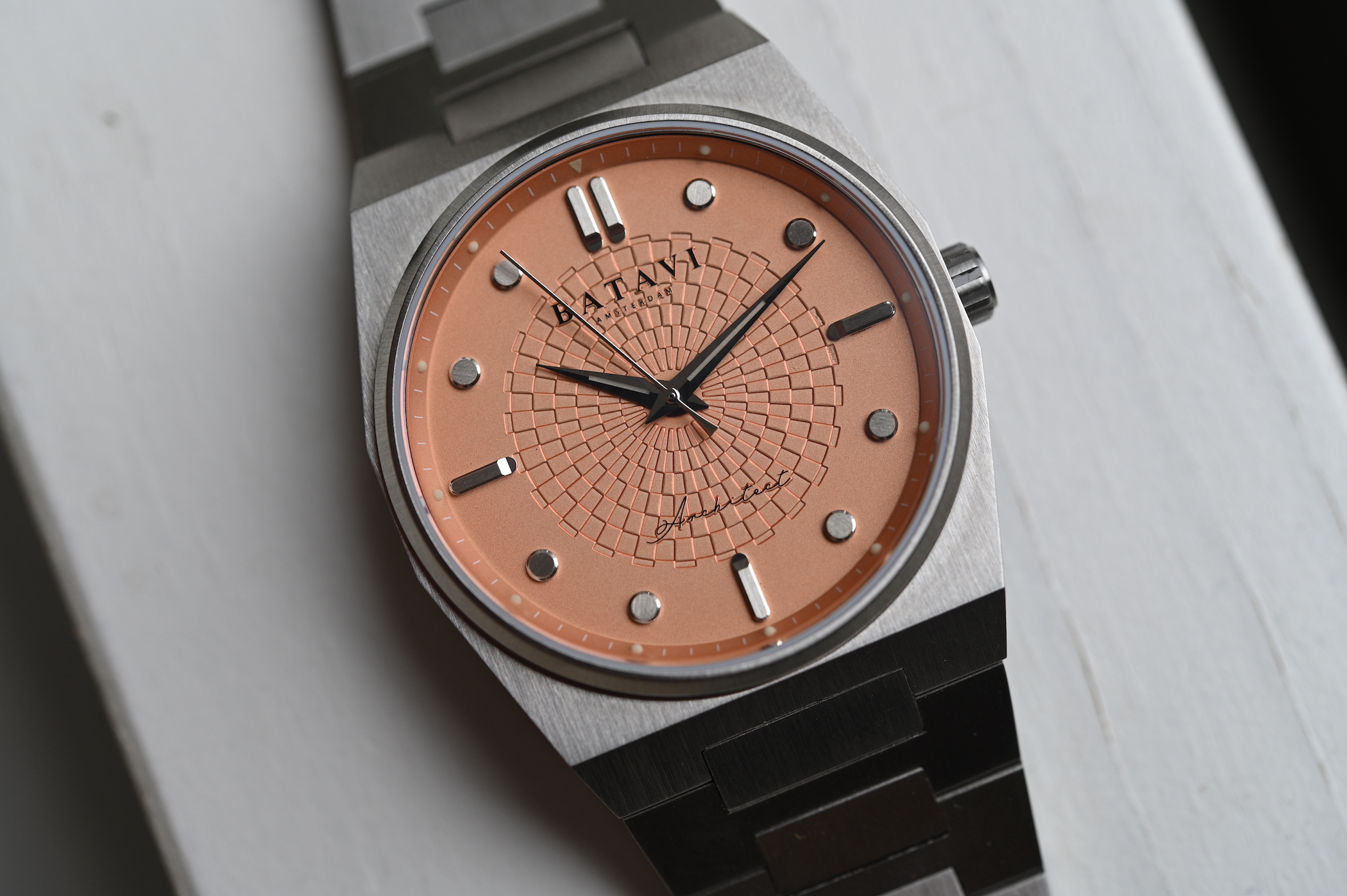
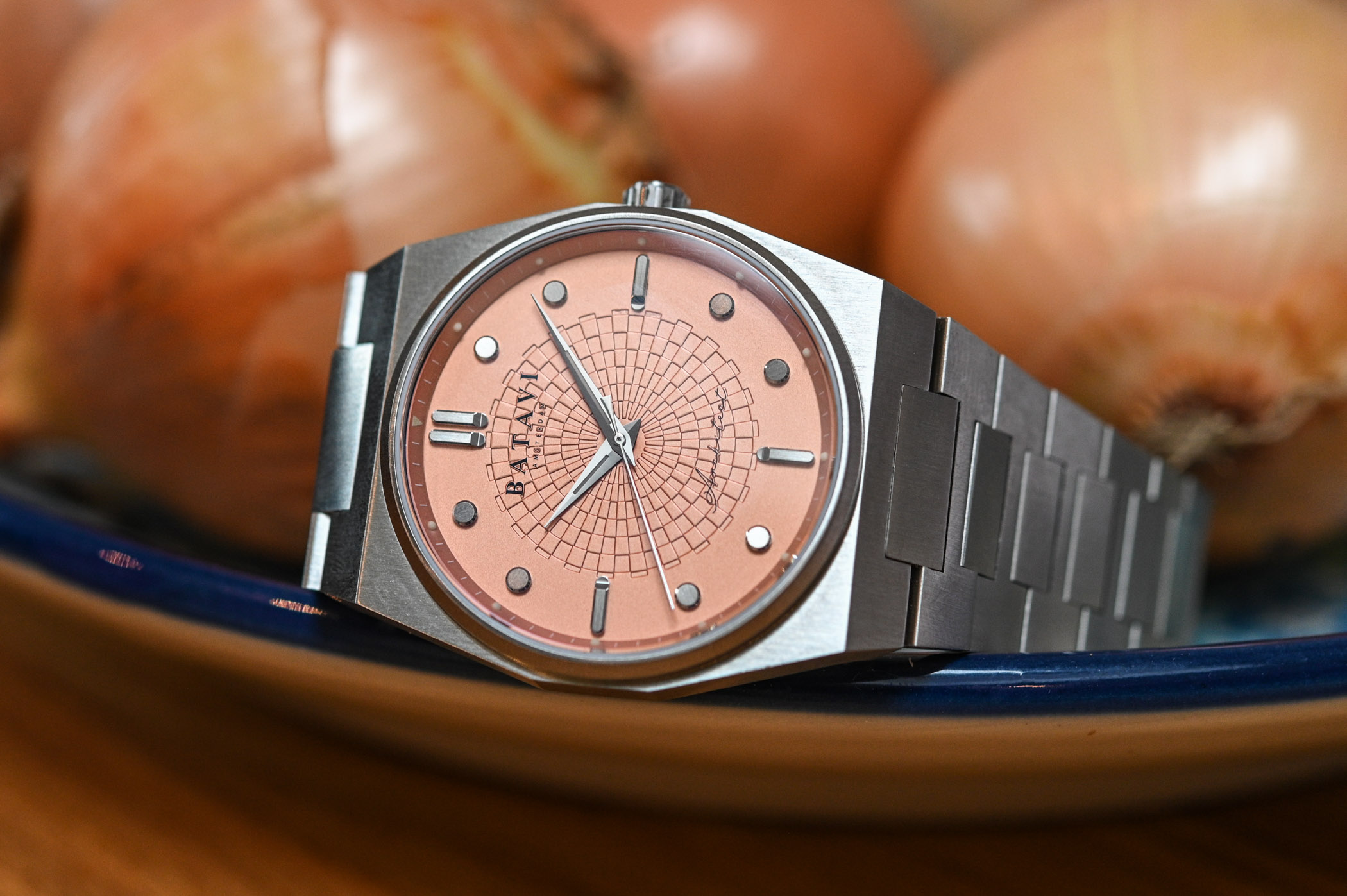
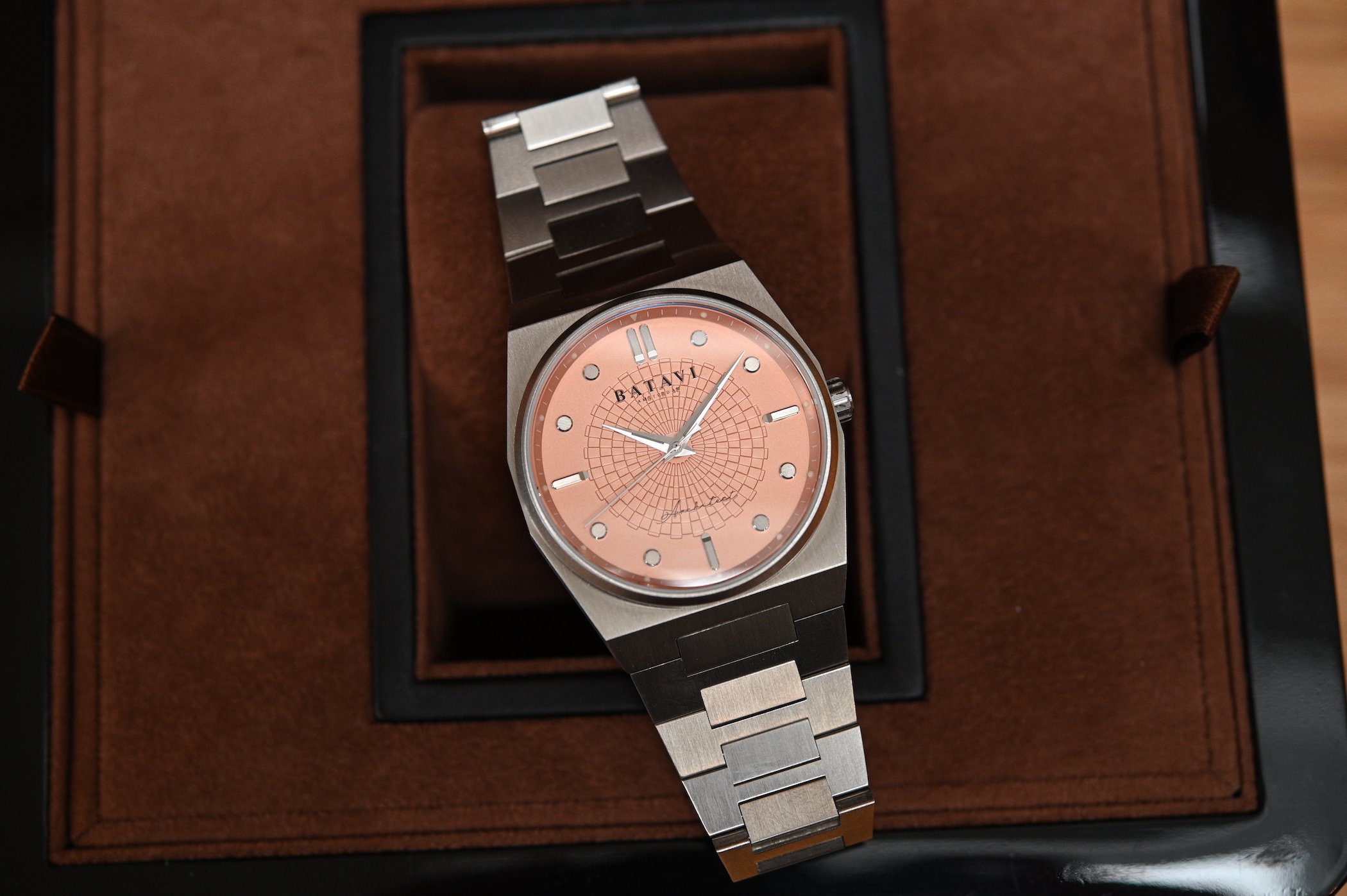
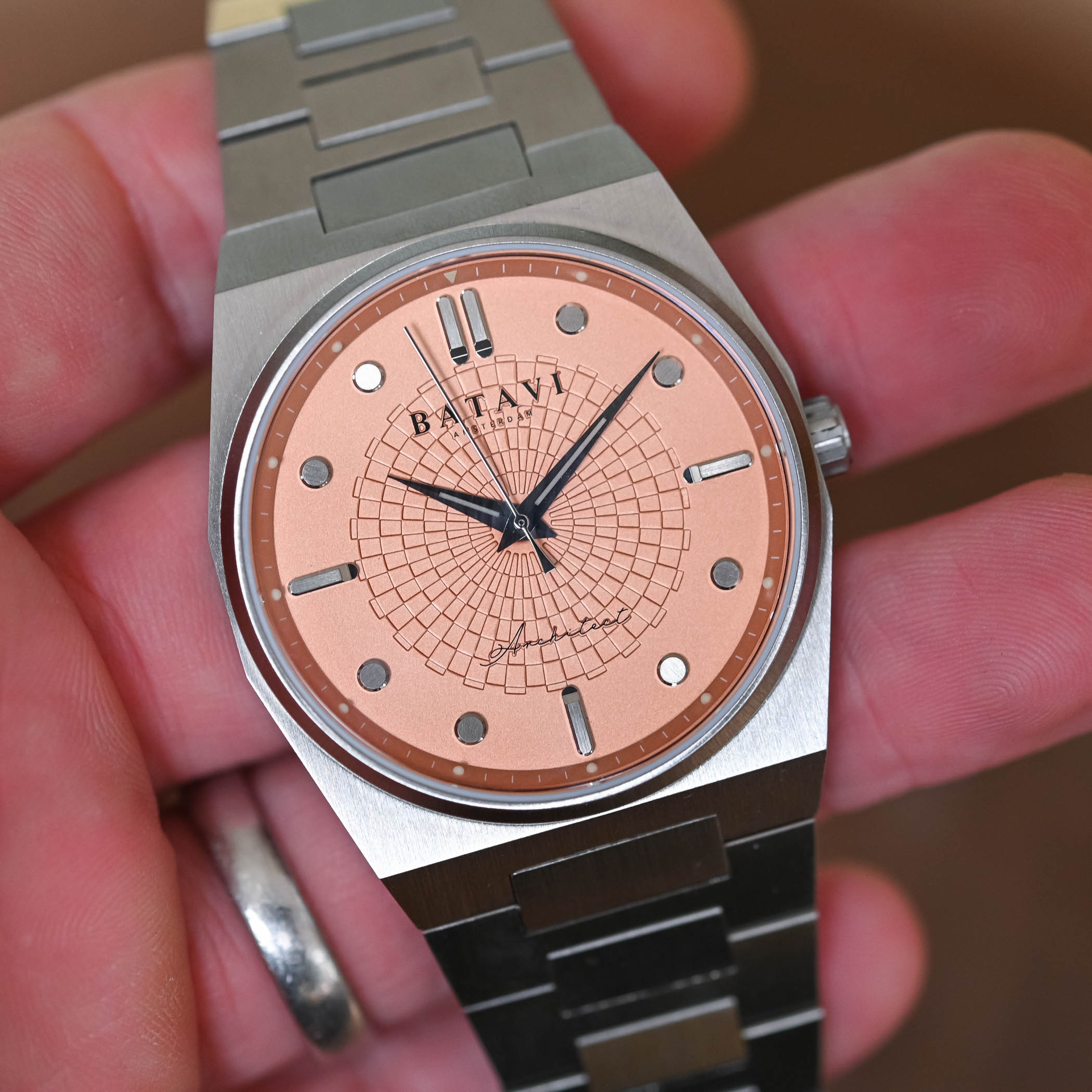
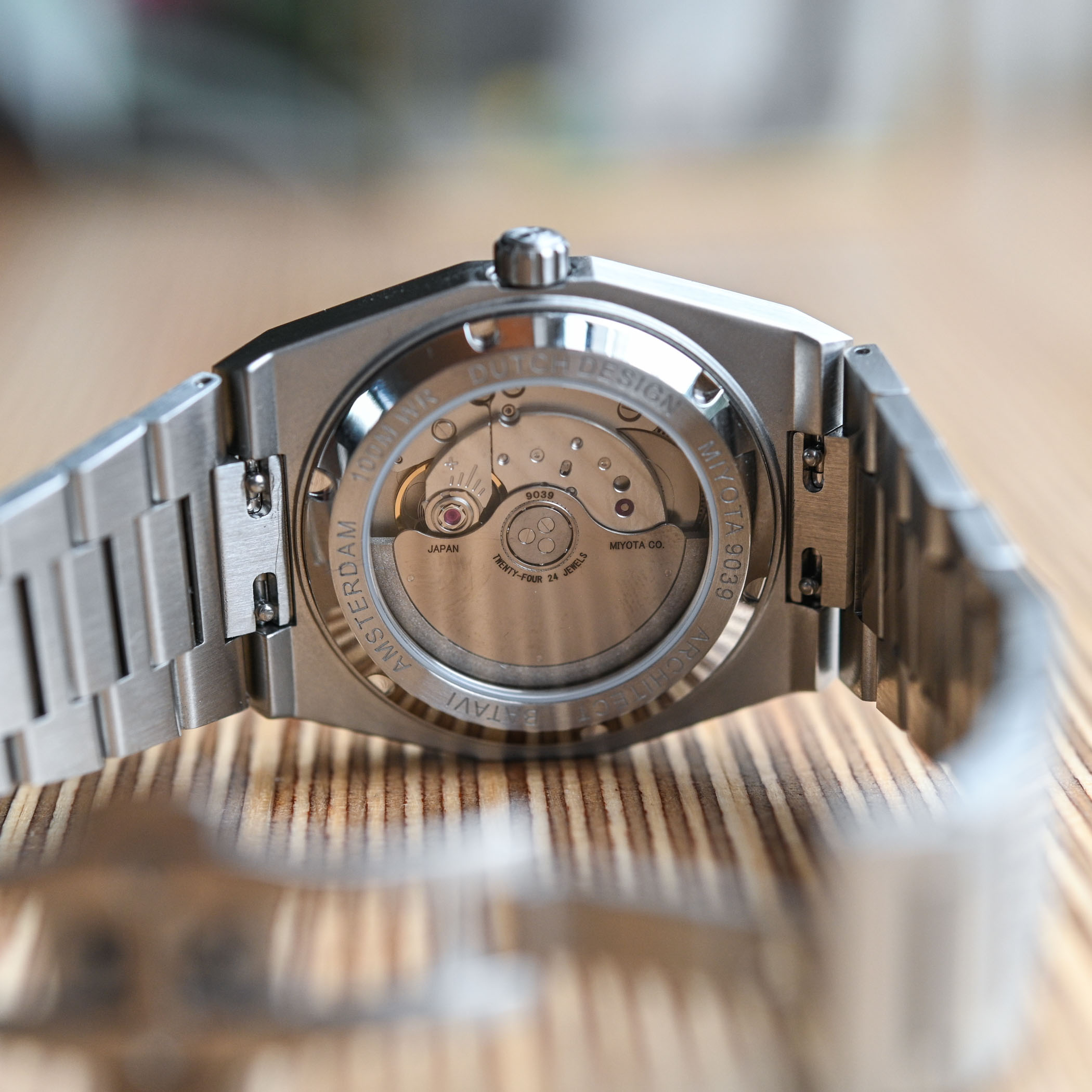

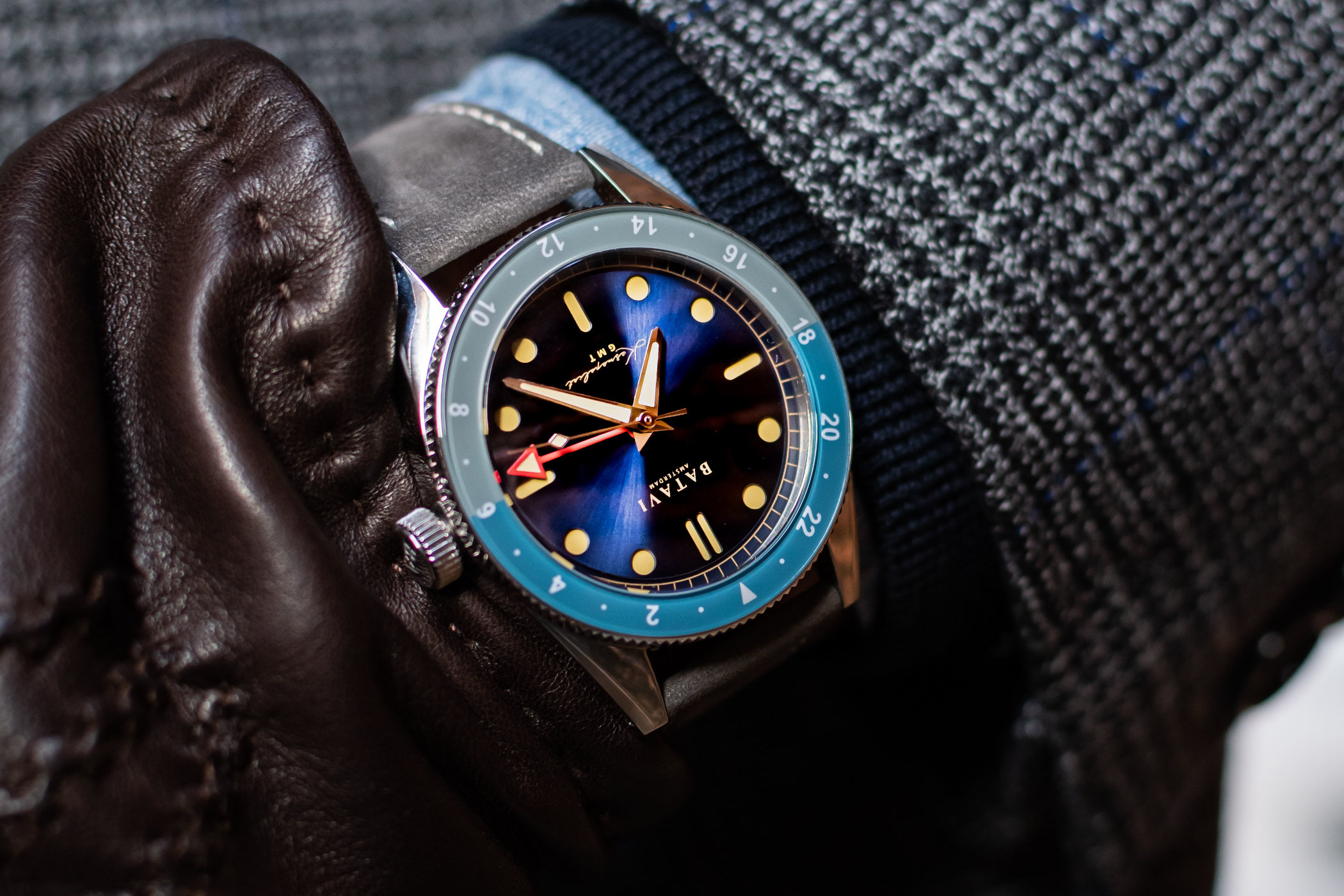
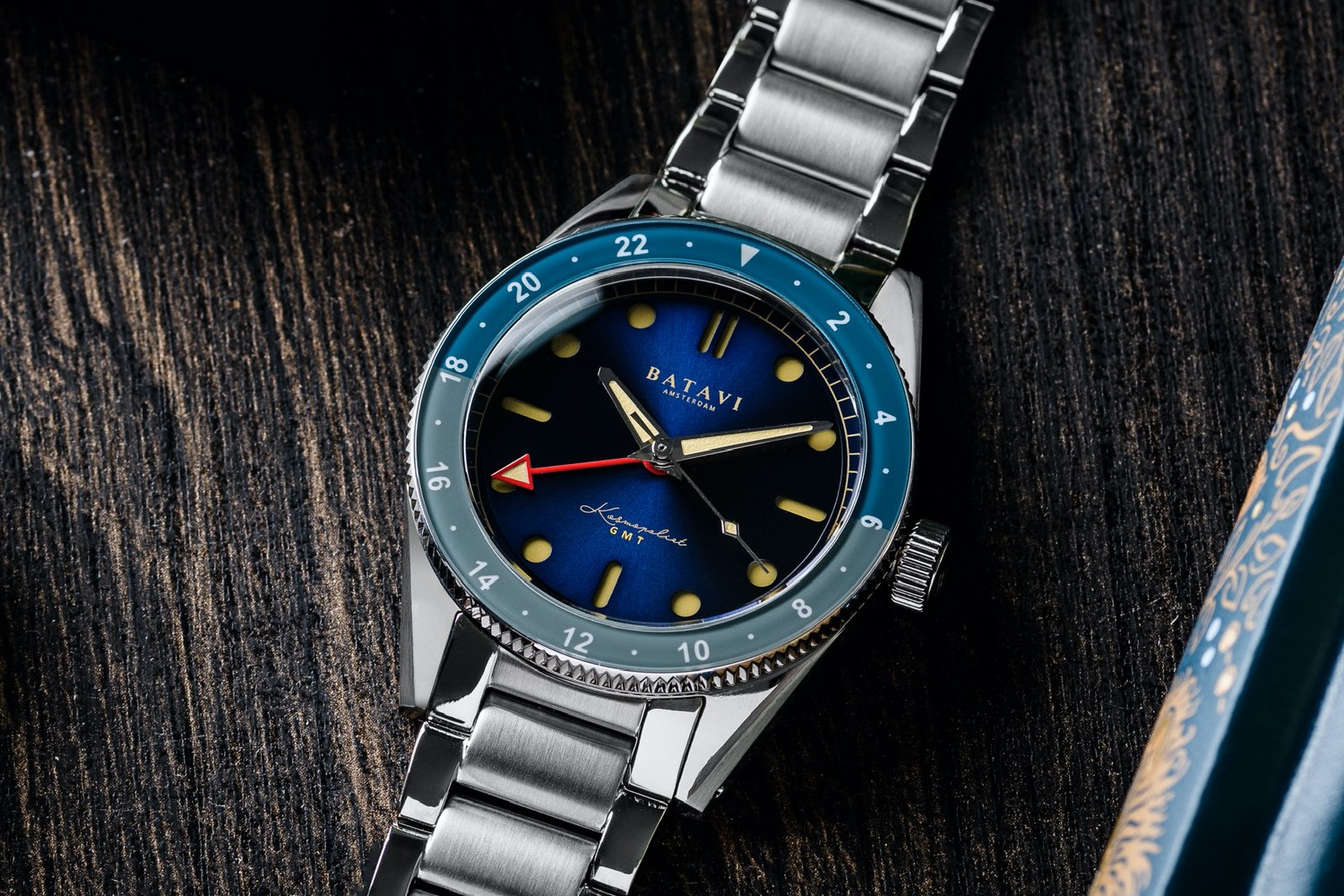
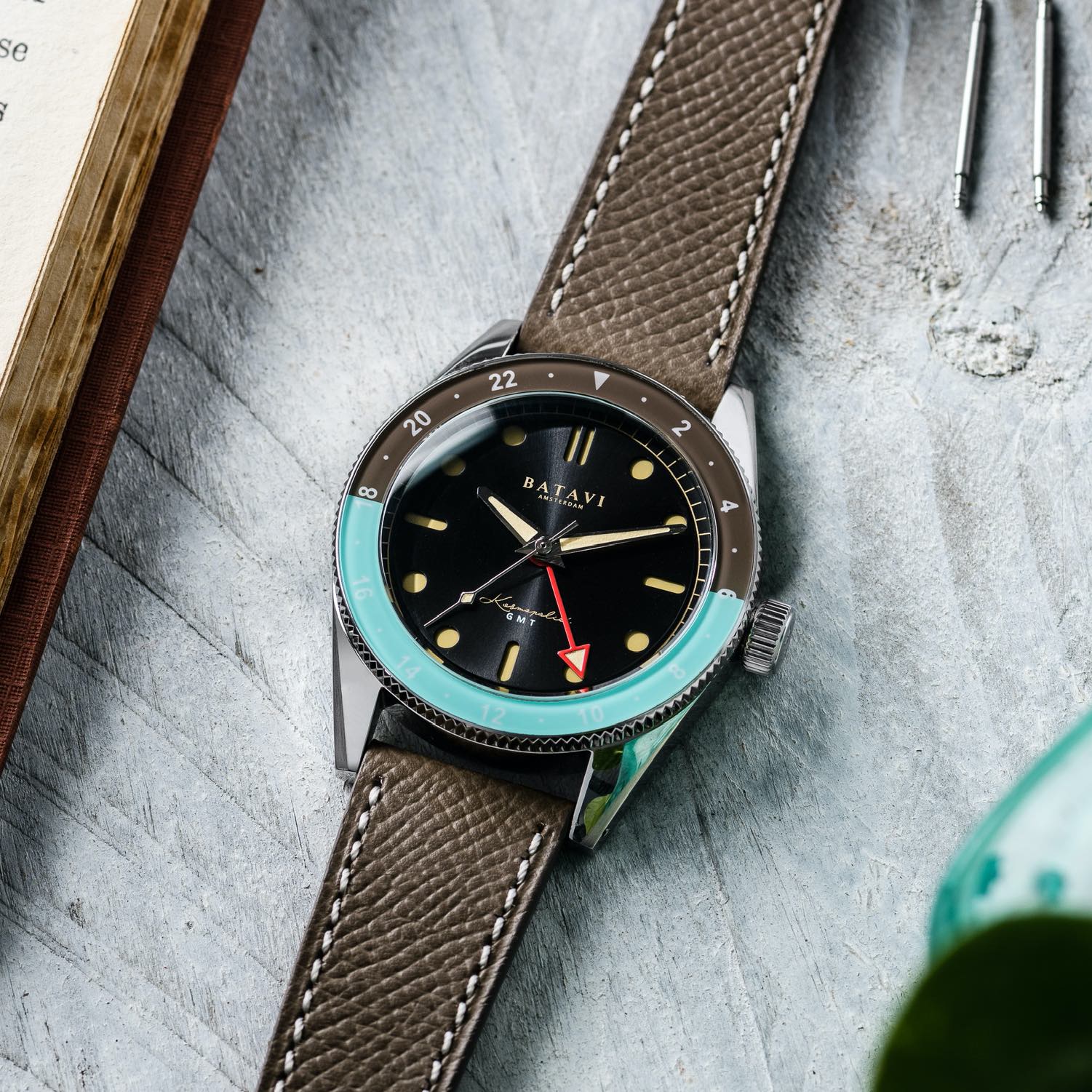
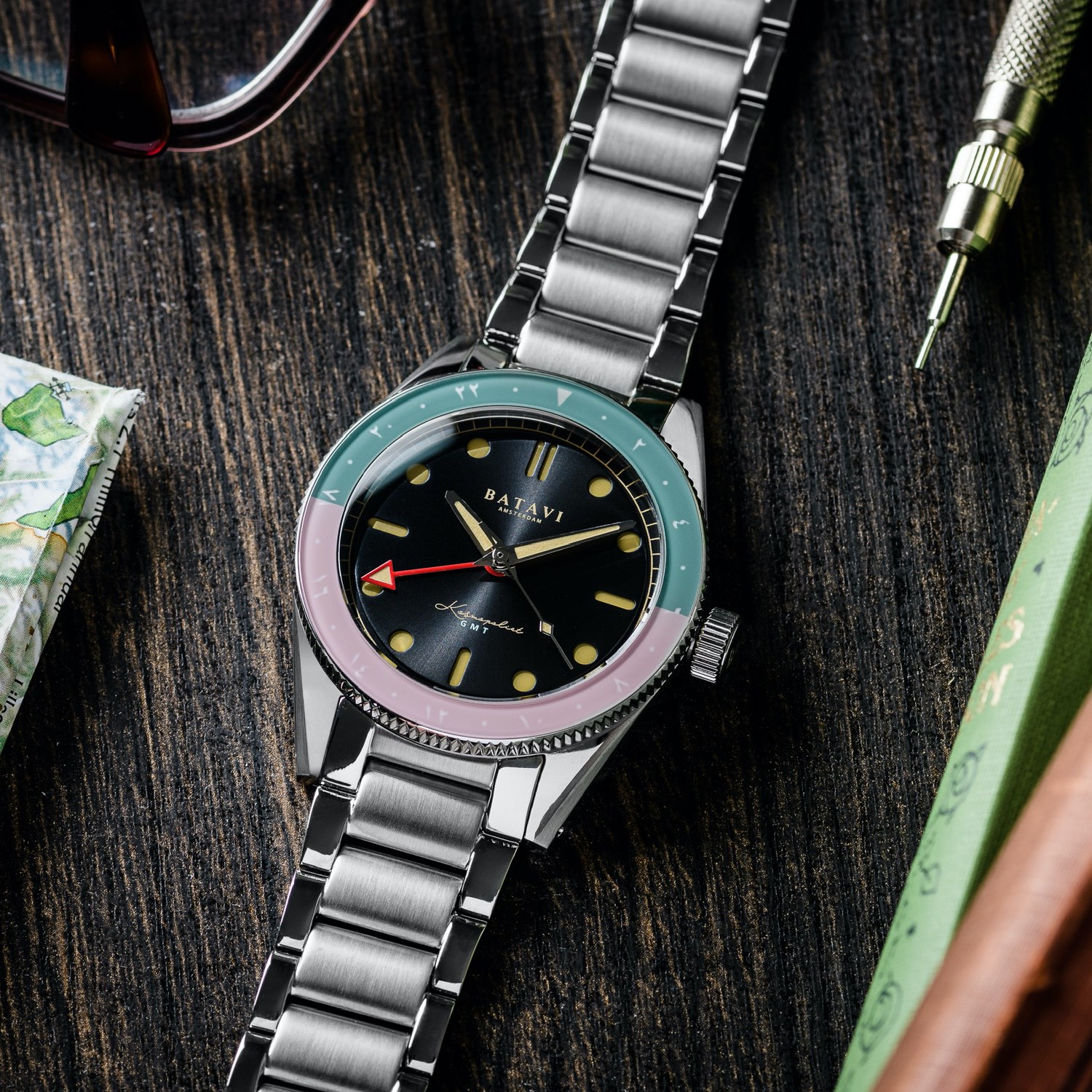
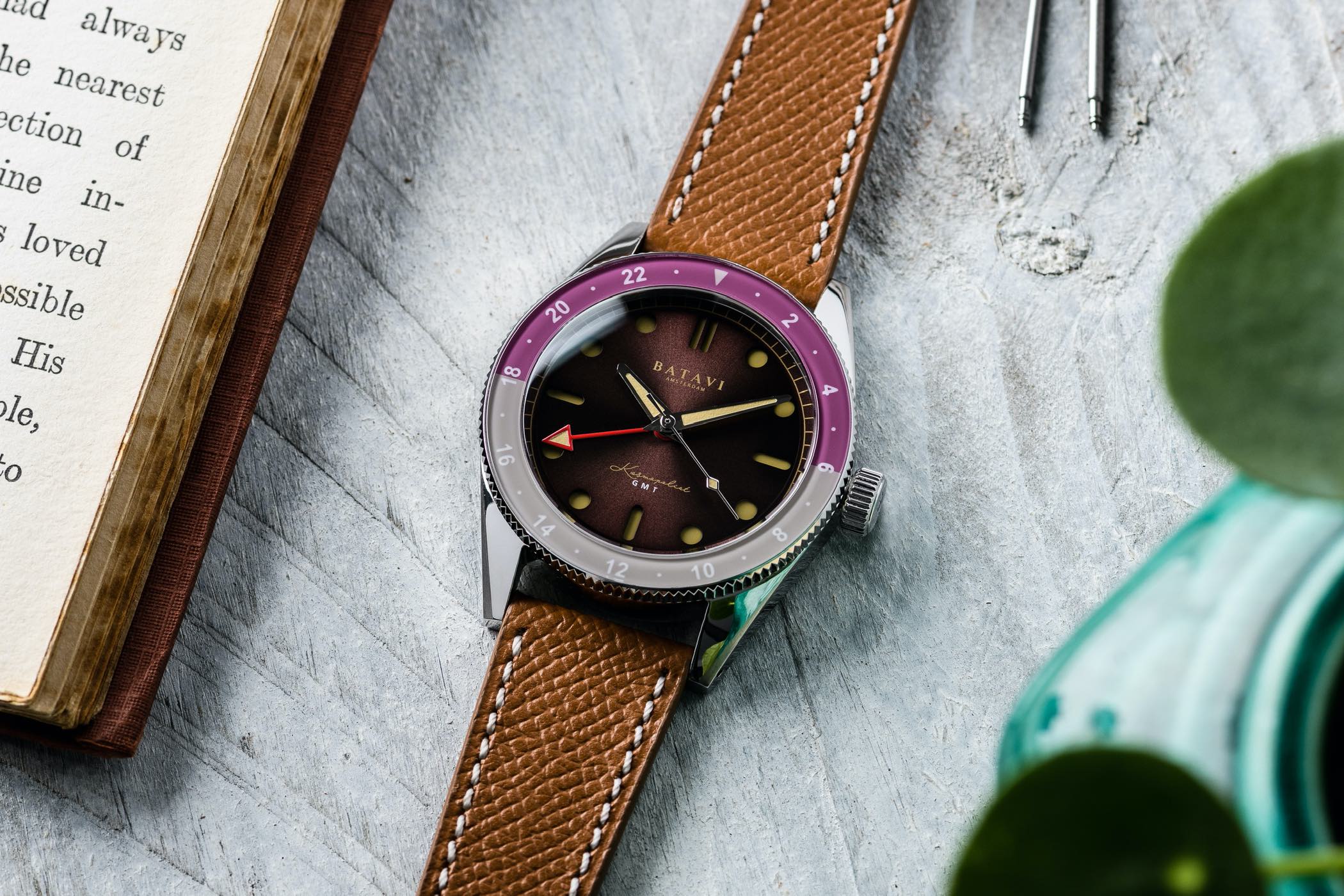
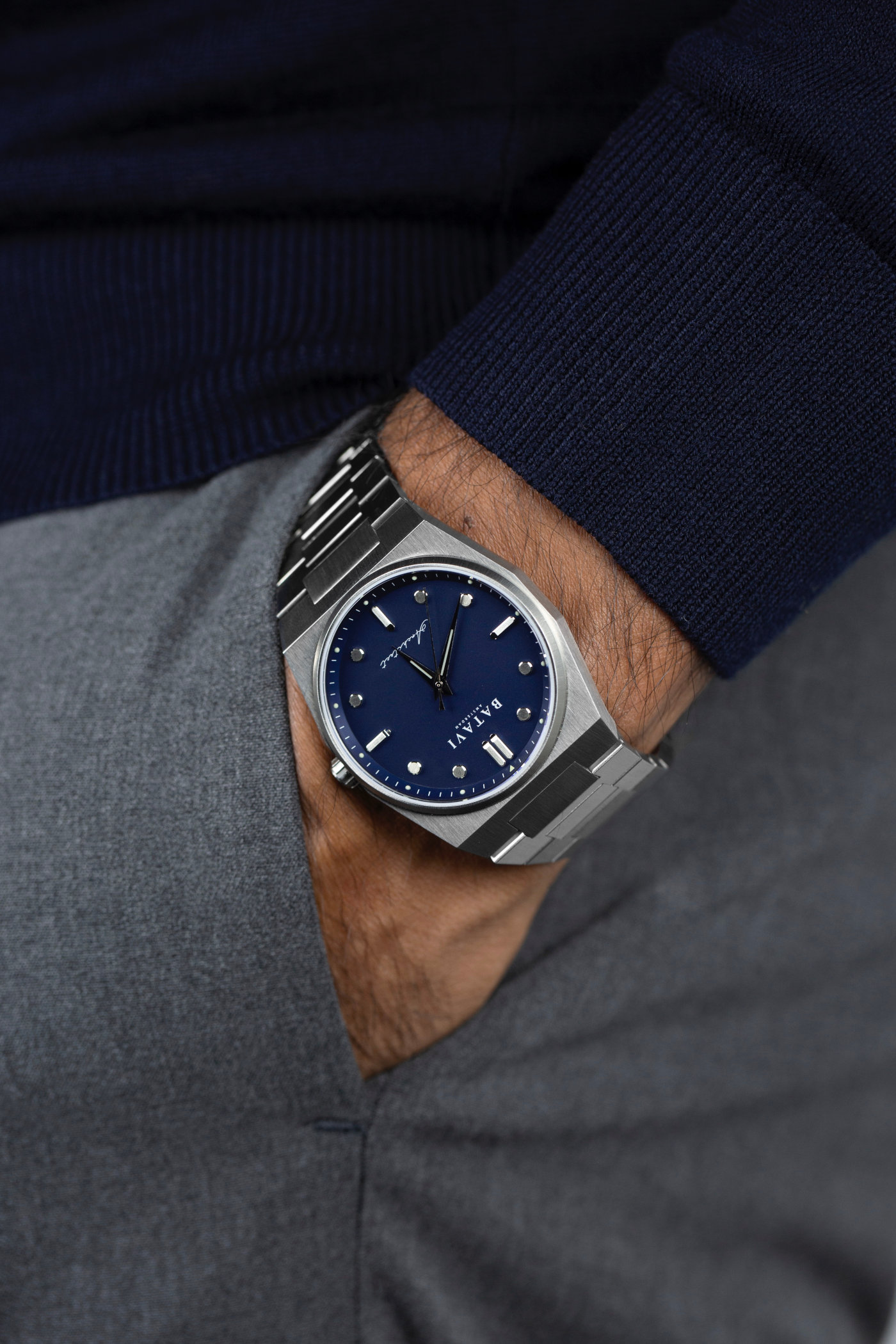
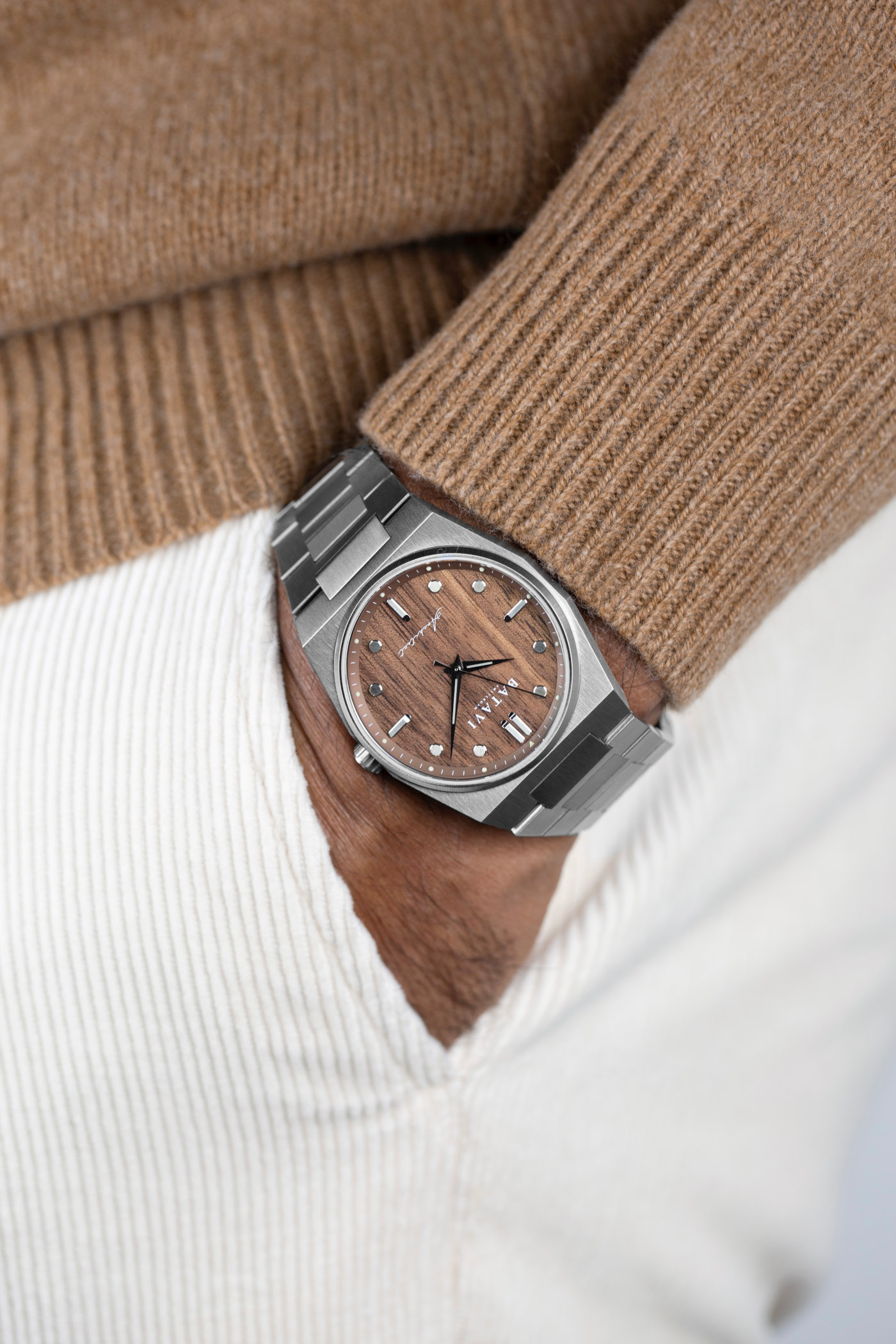
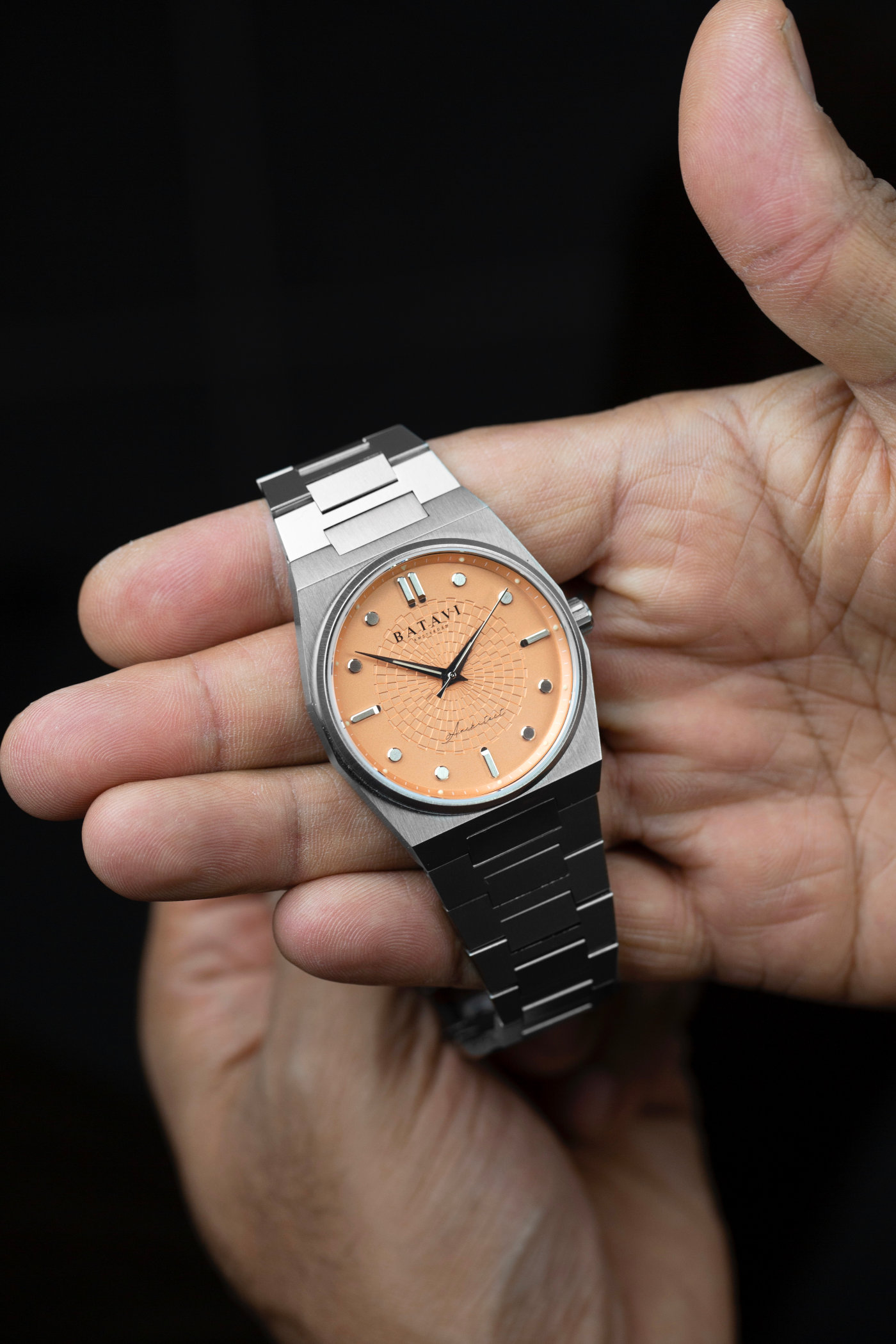

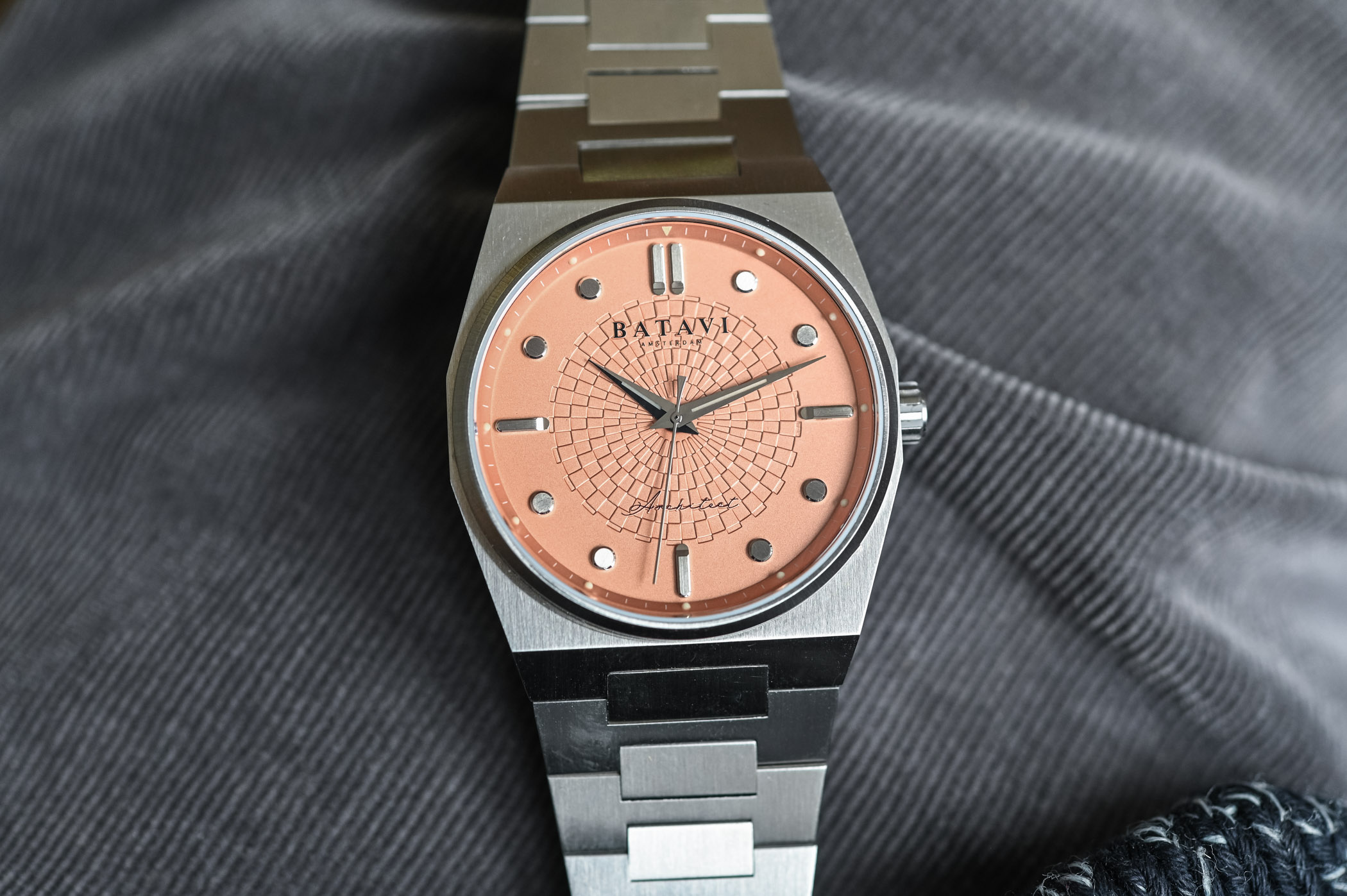
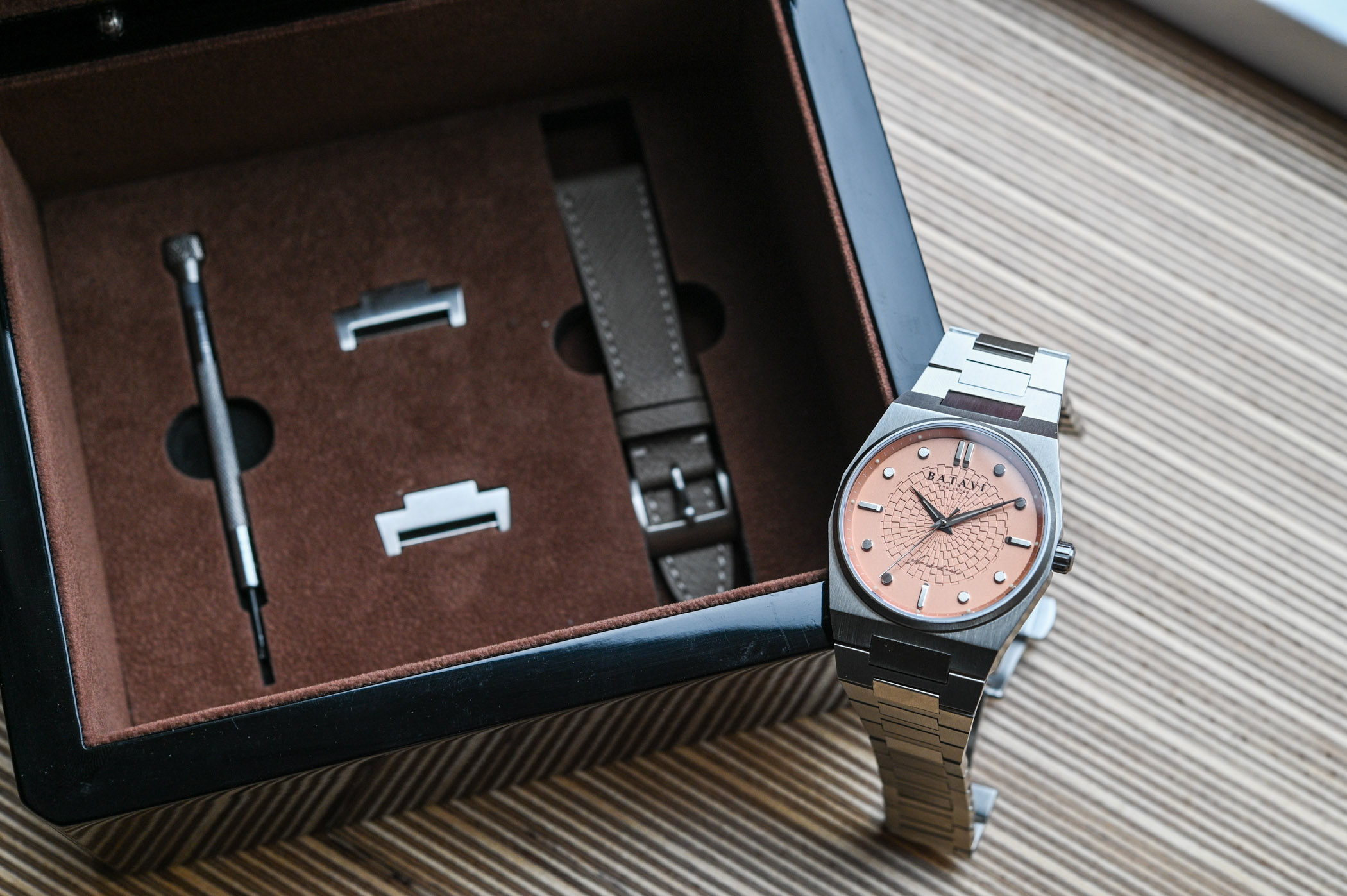
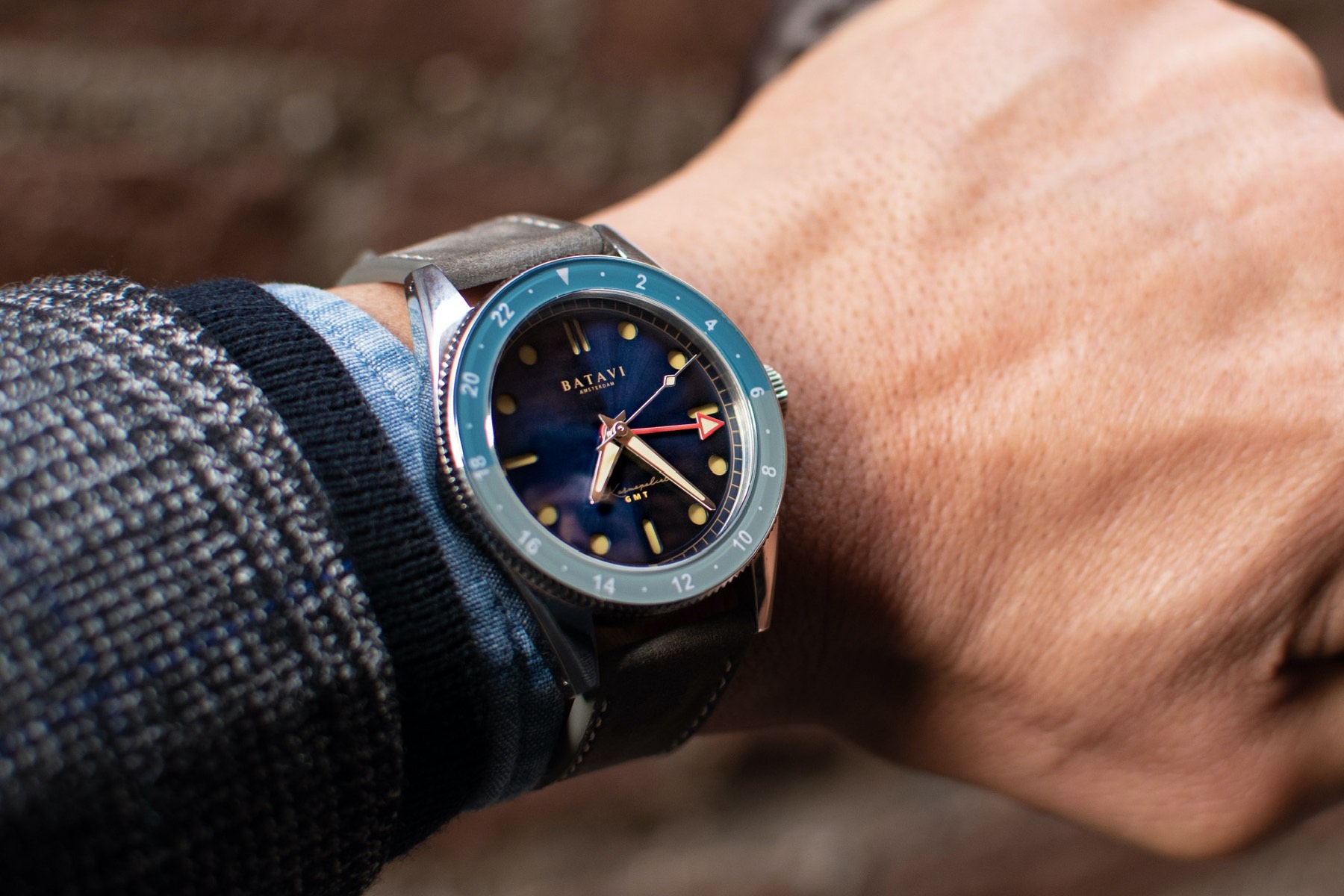
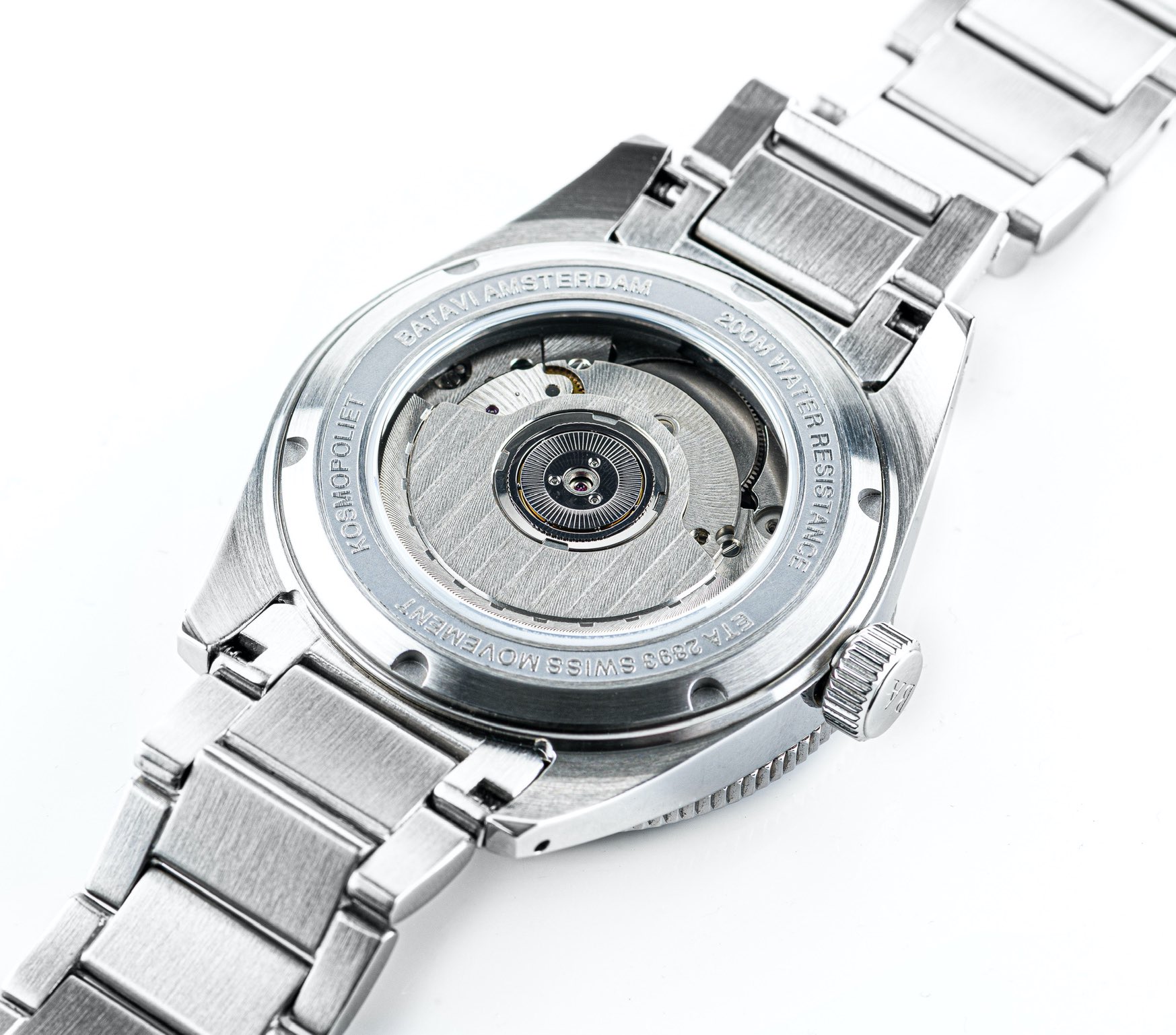



1 response
The Batavi Architect is an attractive design and I wish them much success .
For me personally I’ve realized that after experiencing all the the tactile and visual details of a watch , if the internal mechanics are not up to par in terms of accuracy and robustness I’m less inclined to wear or keep in my collection .
The old COSC CERTIFICATION +/- 5-6 a day is easily realized with modern manufacturing and it should be expected in a watch aspiring to match AP , PP, etc..